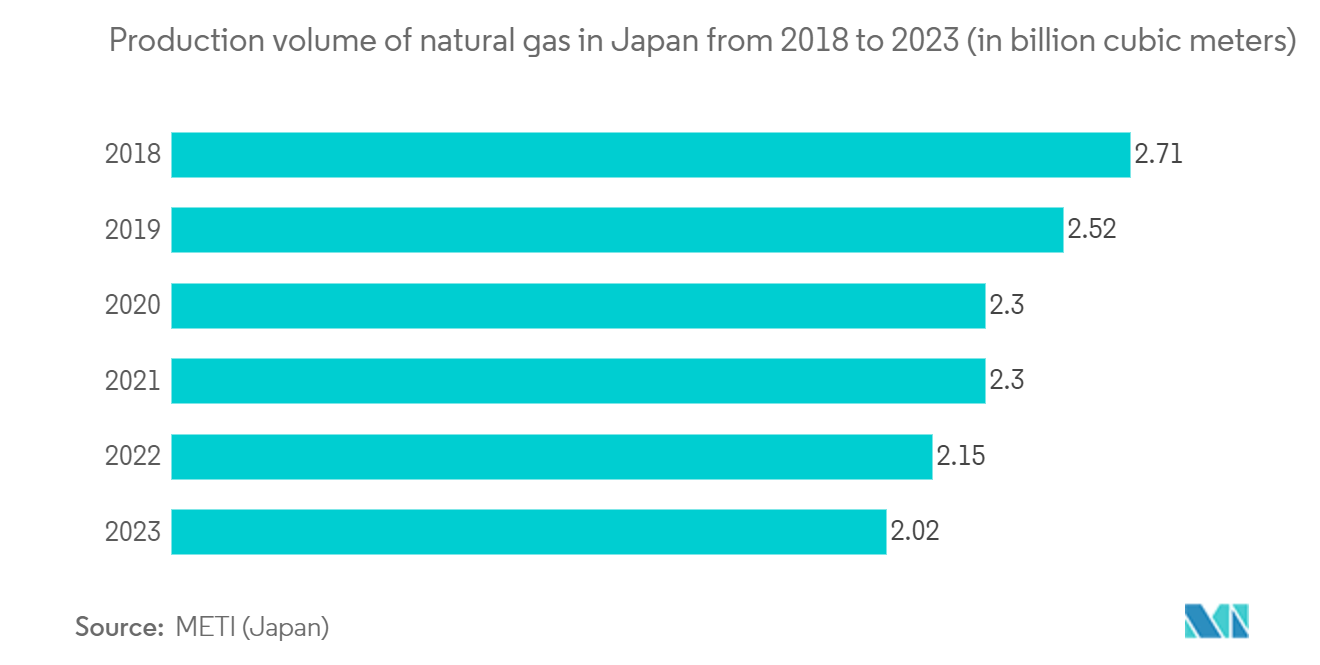Market Trends of Japan AC Motor Industry
Induction Motors Hold Significant Market Share
- An induction motor is also called an AC electric motor. In an induction motor, the electrical current in the rotor required to generate the torque is obtained through electromagnetic induction from the rotating magnetic field of the stator winding. The rotor of an asynchronous motor can be a squirrel cage or a wound rotor.
- AC induction motors are highly efficient, flexible, and relatively simple in design, which allows them to match the load demand for almost any electrical application. Induction motors are widely used in various industries and applications, such as pumps, fans, compressors, conveyors, cranes, and elevators.
- They are also categorized into two main types: single-phase and three-phase induction motors. Single-phase induction motors are used more widely than the three-phase system for domestic, commercial, and sometimes industrial purposes. Three-phase induction motors are used for commercial and industrial purposes and are ideal for higher-power applications.
- There are many benefits to single-phase motors. For starters, single-phase motors are less expensive to manufacture than other motors. As the transmission voltage is high, the current through the line will be lower. This means the conductor can be lightweight and compact, making the supporting tower lighter. The unit is a portable one. Another benefit of lower current is reduced I2R losses, increased transmission efficiency, and optimized operation.
- Two-phase motors can be used for propulsion in different industrial applications, such as machine tools, printing presses, and conveyor systems. In addition, they might be used in home equipment, such as air conditioners and washing machines. However, due to the widespread use of three-phase electricity in contemporary electric motors, two-phase motors are far less popular now. Due to their increased efficiency and smoother operation, three-phase motors are becoming more popular in various industrial applications.
- In power distribution systems, three-phase induction motors drive transformers and switchgear. These devices increase or decrease the voltage and turn power transmission and distribution circuits on and off. According to METI, as of September 2023, the number of solar power plants in Japan amounted to approximately 4.03 thousand, making up the renewable energy source with the largest number of power stations.
- Moreover, major players such as ABB offer a range of low-voltage, three-phase electric motors whose rotating power is based on electromagnetic induction. ABB’s low voltage induction motors cover the power range from 0.06 to 1000 kW.

Growing Oil & Gas Industry will Support the Market Growth
- The demand for AC motors in oil and gas is increasing as the country's oil and gas is witnessing a notable growth in activities such as infrastructure upgrades and the establishment of new plants, which, in turn, is creating a favorable ecosystem for the market's growth as utilities operating in the country continue to increase the adoption of automation solutions.
- AC motors drive pumps, compressors, and turbines in the oil and gas industry. These devices extract, process, and transport oil and gas from wells through refineries to consumers.
- AC motors are used to power a centrifugal pump that moves crude oil from wells to pipelines or storage tanks, drive a compressor that pressurizes natural gas for transportation or storage, and run a turbine that generates electricity for offshore platforms or remote locations.
- The government is taking several initiatives to increase the production of the country's oil and gas sector, which will further fuel the demand in the AC motor market. For instance, in October 2023, the Japanese government announced extending domestic oil product subsidies to mitigate the impact of soaring energy prices.
- Similarly, in January 2023, Inpex Corp, Japan's largest oil and natural gas producer, announced an accelerated expansion of liquefied natural gas LNG production and sales as it expects the LNG market to remain tight in the medium term due to structural changes in the global natural gas market after the Russian invasion of Ukraine.
- Also, according to METI, Japan's natural gas production volume amounted to around two billion cubic meters in 2023. This decreased from the previous year, with almost 2.2 billion cubic meters.


